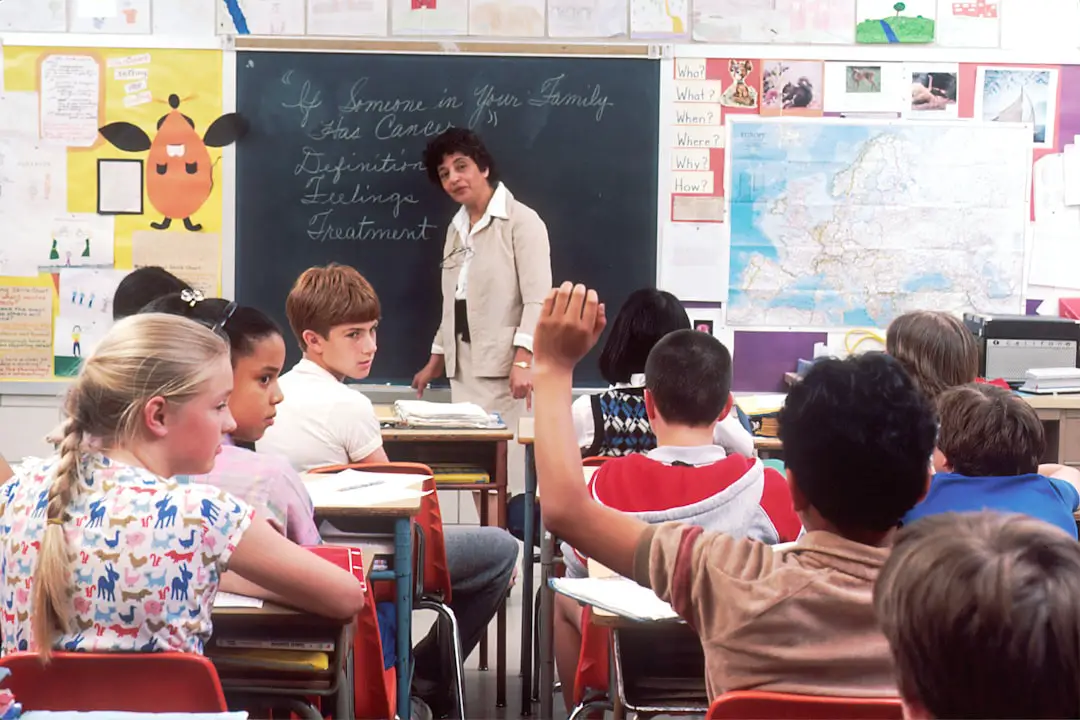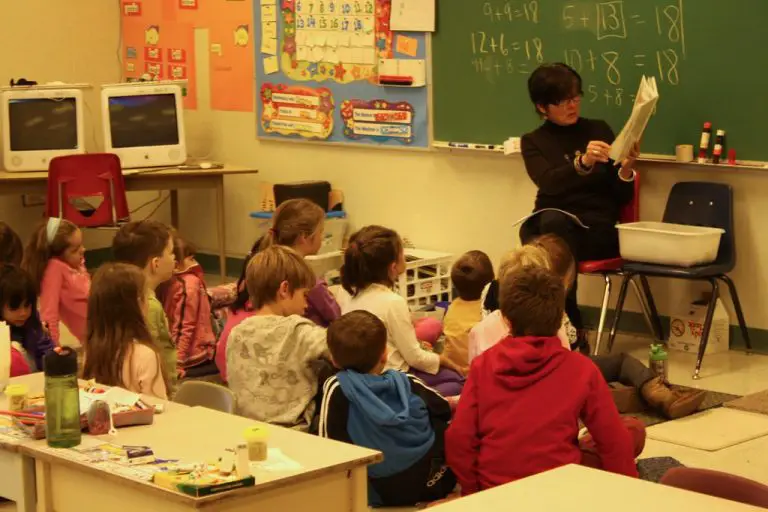Support our educational content for free when you buy through links on our site. Learn more
The Importance of Instructional Methods in Education [2024] 🎓
Have you ever wondered why some teachers seem to effortlessly engage their students and facilitate effective learning, while others struggle to keep their students’ attention? The secret lies in the instructional methods they employ. Instructional methods are the techniques and strategies that teachers use to deliver content and facilitate learning in the classroom. In this article, we will explore the importance of instructional methods in education and provide you with valuable insights and tips to enhance your teaching practices.
Quick Answer
Instructional methods play a crucial role in education as they:
✅ Foster active learning and student engagement.
✅ Cater to diverse learning styles and preferences.
✅ Promote critical thinking and problem-solving skills.
✅ Enhance knowledge retention and transfer.
✅ Create a positive and inclusive learning environment.
Now, let’s dive deeper into the world of instructional methods and discover how they can transform your teaching!
Quick Tips and Facts
Before we delve into the details, here are some quick tips and interesting facts about instructional methods:
✅ Did you know that research has shown that using a variety of instructional methods can improve student learning outcomes? Mixing up your teaching strategies keeps students engaged and helps them retain information better.
✅ Different instructional methods cater to different learning styles. Some students may thrive in a lecture-style setting, while others may prefer hands-on activities or group discussions. By incorporating a range of methods, you can reach all types of learners.
✅ It’s important to align your instructional methods with your learning outcomes. Consider what you want your students to achieve and choose methods that will help them reach those goals effectively.
✅ Don’t be afraid to experiment with new instructional methods. Trying out different strategies can help you discover what works best for your students and keep your teaching fresh and exciting.
Now that we’ve covered the basics, let’s explore the background and history of instructional methods in education.
Background: The Evolution of Instructional Methods

Instructional methods have come a long way over the years, evolving to meet the changing needs of students and the demands of the modern world. In the past, traditional teaching methods often relied heavily on lectures and rote memorization. However, research and advancements in educational psychology have shed light on the importance of active learning and student engagement.
Today, instructional methods encompass a wide range of approaches, from teacher-centered to student-centered strategies. Let’s take a closer look at some of the most effective instructional methods used in education today.
1. Guided Instruction: Lighting the Path to Learning 🔦
Guided instruction is a highly effective method that combines teacher guidance with student exploration. In this approach, the teacher provides clear instructions, models the desired skills or concepts, and offers support and feedback as students work independently or in small groups. Guided instruction promotes active learning, critical thinking, and problem-solving skills.
2. Experiential Learning: Learning by Doing 🏗
Experiential learning is a hands-on approach that encourages students to actively engage with the subject matter. Through real-world experiences, experiments, simulations, and projects, students gain a deeper understanding of the concepts and develop practical skills. This method fosters creativity, collaboration, and a deeper connection to the content.
3. Inquiry-Based Learning: Unleashing Curiosity 🤔
Inquiry-based learning empowers students to ask questions, investigate, and discover knowledge on their own. Instead of simply providing answers, teachers guide students through a process of exploration and critical thinking. This method cultivates curiosity, problem-solving skills, and a lifelong love of learning.
4. Collaborative Learning: Strength in Numbers 👫
Collaborative learning involves students working together in groups to solve problems, discuss ideas, and complete projects. This method promotes teamwork, communication skills, and a sense of community in the classroom. By learning from and with their peers, students develop a deeper understanding of the subject matter.
5. Differentiated Instruction: Meeting Every Student’s Needs 📑
Differentiated instruction recognizes that students have diverse learning styles, abilities, and interests. This method involves tailoring instruction to meet the individual needs of each student. By providing multiple pathways to learning, teachers can ensure that all students have the opportunity to succeed.
FAQ

Q: What is the importance of instructional methods in education?
Instructional methods are essential in education because they provide teachers with effective strategies to engage students, facilitate learning, and promote academic success. By using a variety of instructional methods, teachers can cater to diverse learning styles, foster critical thinking skills, and create a positive and inclusive learning environment.
Q: What is the importance of methods in teaching?
Methods in teaching are crucial as they determine how students receive and process information. Effective instructional methods can enhance student engagement, knowledge retention, and transfer of learning. They also promote active learning, critical thinking, and problem-solving skills, which are essential for success in the classroom and beyond.
Read more about “… The 6 Key Principles of Teaching: Strategies for Success in the Classroom”
Q: What is instructional method in teaching?
An instructional method in teaching refers to the specific techniques and strategies that teachers use to deliver content and facilitate learning. These methods can vary from traditional lecture-style teaching to more student-centered approaches that involve hands-on activities, group work, and experiential learning.
Read more about “What are the Four Basic Steps in the Teaching Process? …”
Q: Why are learning methods important?
Learning methods are important because they influence how students acquire, process, and retain information. By using effective learning methods, teachers can enhance student engagement, understanding, and application of knowledge. Different learning methods cater to different learning styles, ensuring that all students have the opportunity to succeed.
Conclusion

Instructional methods are the backbone of effective teaching. By employing a variety of strategies, you can engage your students, cater to their diverse learning styles, and promote critical thinking and problem-solving skills. Remember to align your instructional methods with your learning outcomes and be open to trying new approaches. The key is to create a positive and inclusive learning environment where every student can thrive.
So, are you ready to take your teaching to the next level? Explore the world of instructional methods, experiment with different strategies, and watch your students soar! For more insights and strategies for success in the classroom, check out our related articles on Instructional Coaching, Lesson Planning, Instructional Strategies, Classroom Management, and Differentiated Instruction.
Recommended Links
- 👉 CHECK PRICE on: Guided Instruction | Experiential Learning | Inquiry-Based Learning | Collaborative Learning | Differentiated Instruction
- 👉 Shop John Wiley & Sons Books on: Teaching at Its Best: A Research-Based Resource for College Instructors | Nilson, L. B. (2016)

